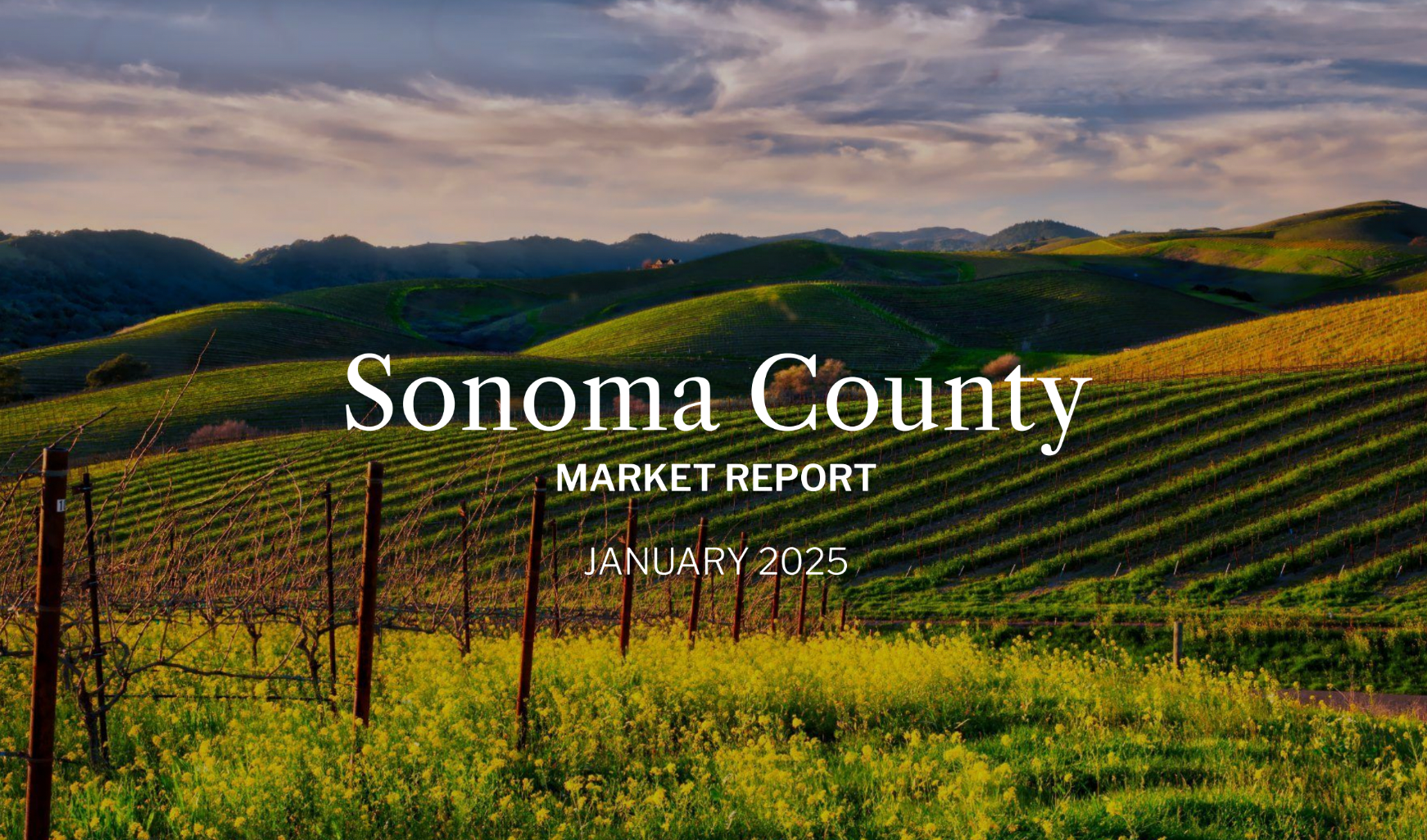California resale inventory shrinking as median price rises for the 8th month in a row
This story from Inman News was published a day after my previous post about the national real estate market–and reinforces the point I was making about the differences in our market and its phase in the recovery process.California resale inventory shrinking | Real Estate and Technology News for Agents, Brokers and Investors | Inman News
Inventories of existing single-family homes in California are dwindling, reaching just four months of supply as the sales pace picked up from September to October, the California Association of Realtors reported.
Home sales historically trail off during the fall and winter months, CAR said, but affordable home prices, low mortgage rates, and the extension and expansion of the federal homebuyer tax credit are expected to drive home sales through the end of the year and into early 2010.
Existing single-family detached homes sold at a seasonally adjusted annual rate of 562,400 in October, up 5.9 percent from September and 1 percent from a year ago, the group said.
The months supply of inventory fell from 4.2 months in September and 6.1 months a year ago. A 6-month supply of inventory is about what analysts consider an even balance between supply and demand.
It took a median of 34.1 days on market to sell a home in California in October 2009, compared with 45.5 days for the same period a year ago. At $297,500, median home price was essentially unchanged from September, but down 3.2 percent from a year ago.
Although the $890 increase in median price from September to October amounted to 0.3 percent, it was the eighth consecutive monthly gain. CAR Chief Economist Leslie Appleton-Young cited that trend, along with continued strength in sales, as “signs that California has hit and passed the bottom of this real estate cycle.”
For the first-time since July 2007, she said, sales of homes priced $1 million or more rose in year-to-year comparisons, and the number of distressed sales as a share of total sales has shown considerable improvement since the beginning of the year.
In Sonoma County and much of the Bay Area of Northern California, inventory supply is hovering around 2 to 3 months, reflecting the strong regional differences in the California markets. The Bay area and North Bay are limited geographic areas bounded by mountains, hills, the Bay and Pacific Ocean. In the central valley of California new home construction booms simply expanded communities into flat, seemingly limitless former farmland. Those areas from Stockton and Sacramento south and east of the Bay Area in Antioch and Brentwood, were much harder hit by the foreclosure wave.
8 of the 10 cities in the state with the highest growth in median price are in the Bay Area, probably reflecting the recent increase in sales of million dollar plus properties. (Bay Area towns are bolded.)
Cities with the greatest median home price increases were Palo Alto (49.1 percent), Atascadero (33.3 percent), Cupertino (24.2 percent), San Rafael (24 percent), Emeryville (22.2 percent), Livermore (20.5 percent), Culver City (19.4 percent), Pleasant Hill (17 percent), La Habra (16.2 percent), and Novato (15.4 percent).



